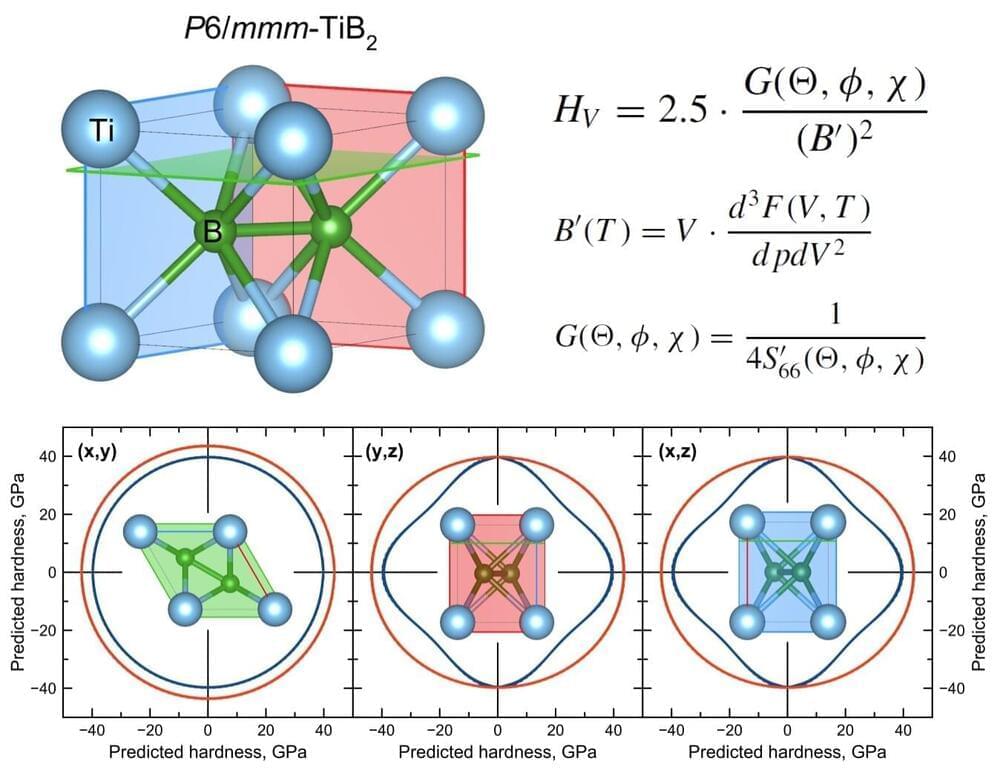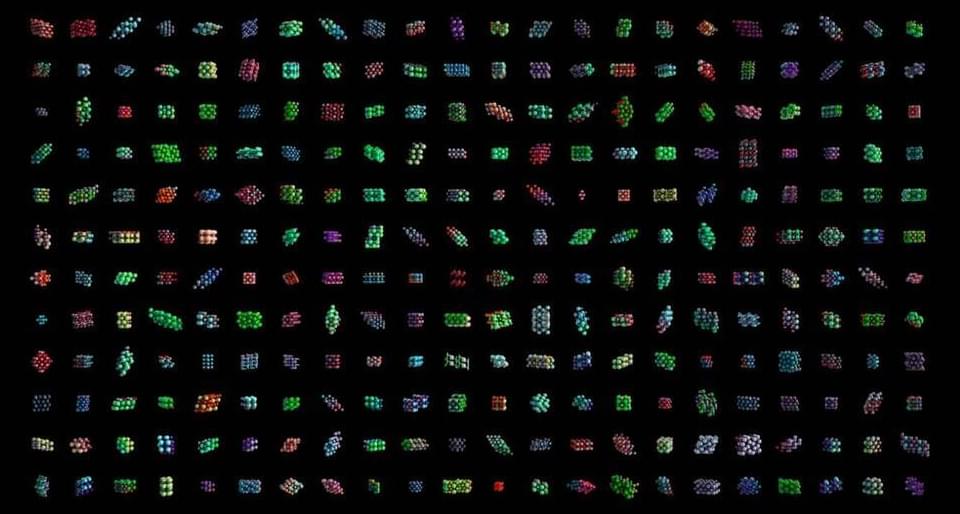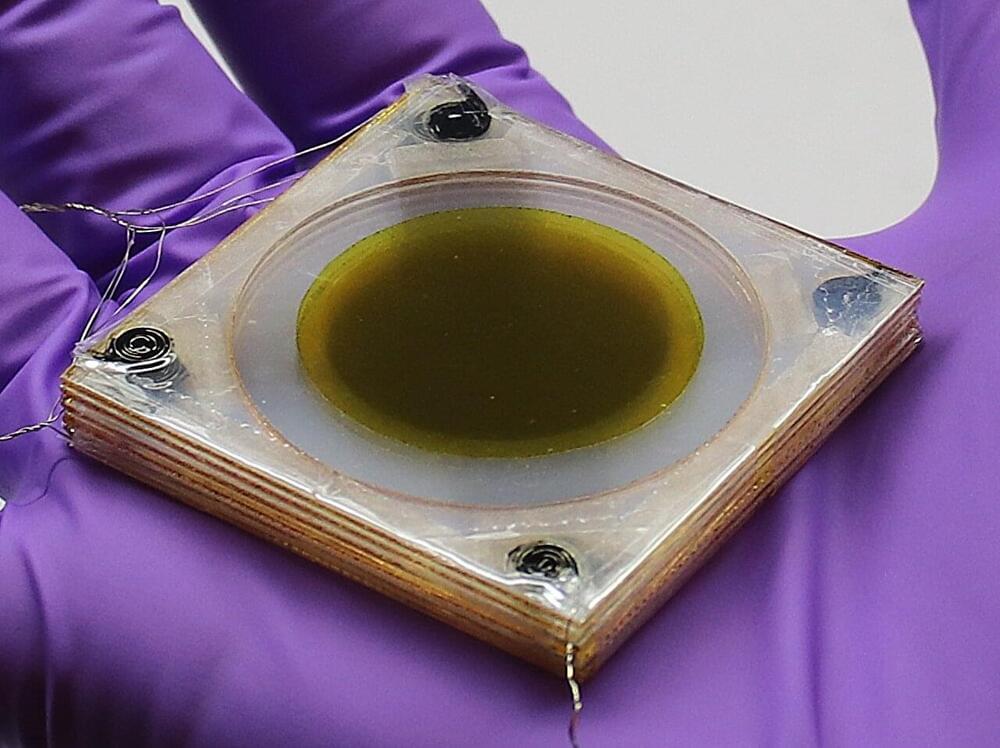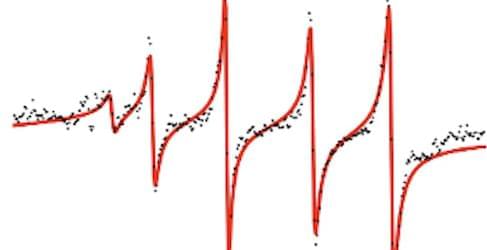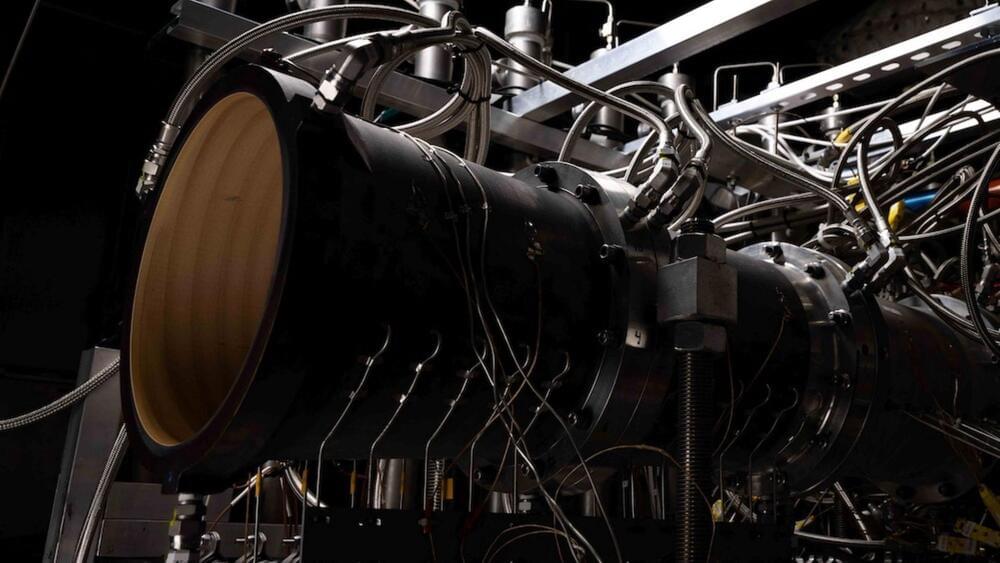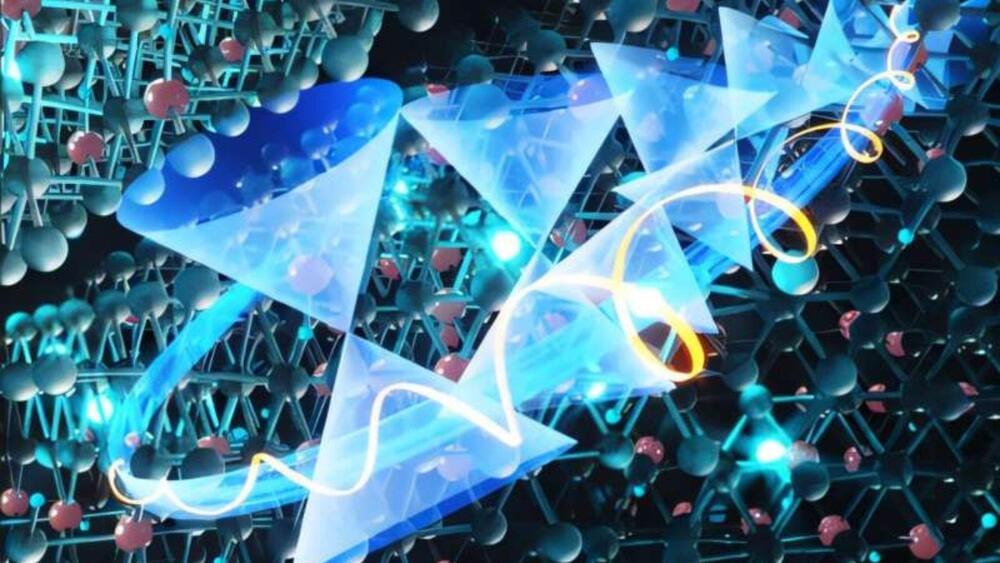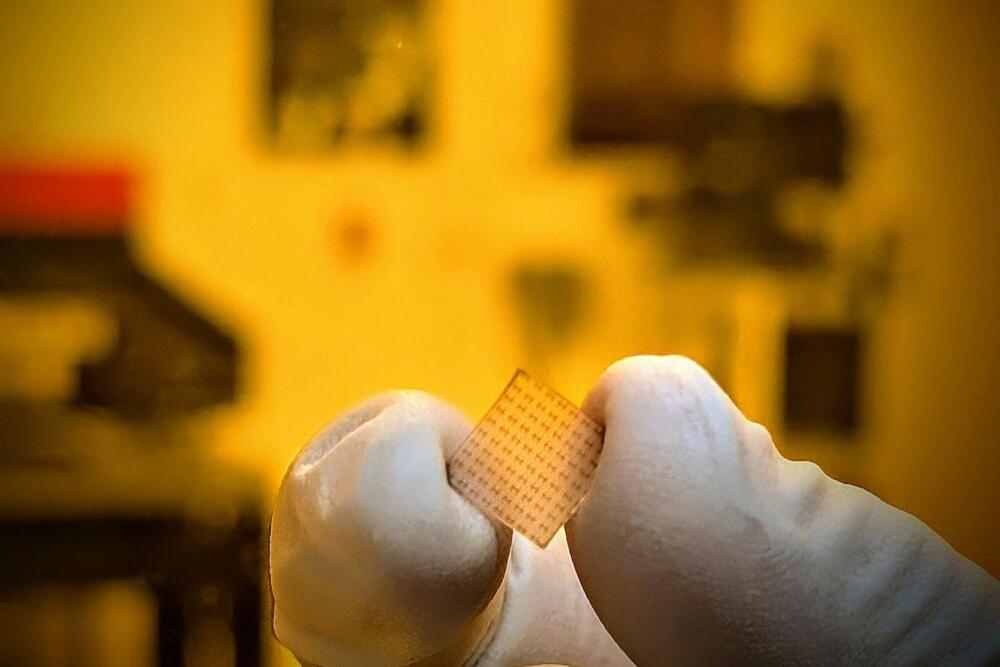Physically Intuitive Anisotropic Model of Hardness https://arxiv.org/abs/2412.
Skoltech researchers have presented a new simple physical model for predicting the hardness of materials based on information about the shear modulus and equations of the state of crystal structures. The model is useful for a wide range of practical applications—all parameters in it can be determined through basic calculations or measured experimentally.
The results of the study are presented in the Physical Review Materials journal.
Hardness is an important property of materials that determines their ability to resist deformations and other damage (dents, scratches) due to external forces. It is typically determined by pressing the indenter into the test sample, and the indenter must be made of a harder material, usually diamond.
